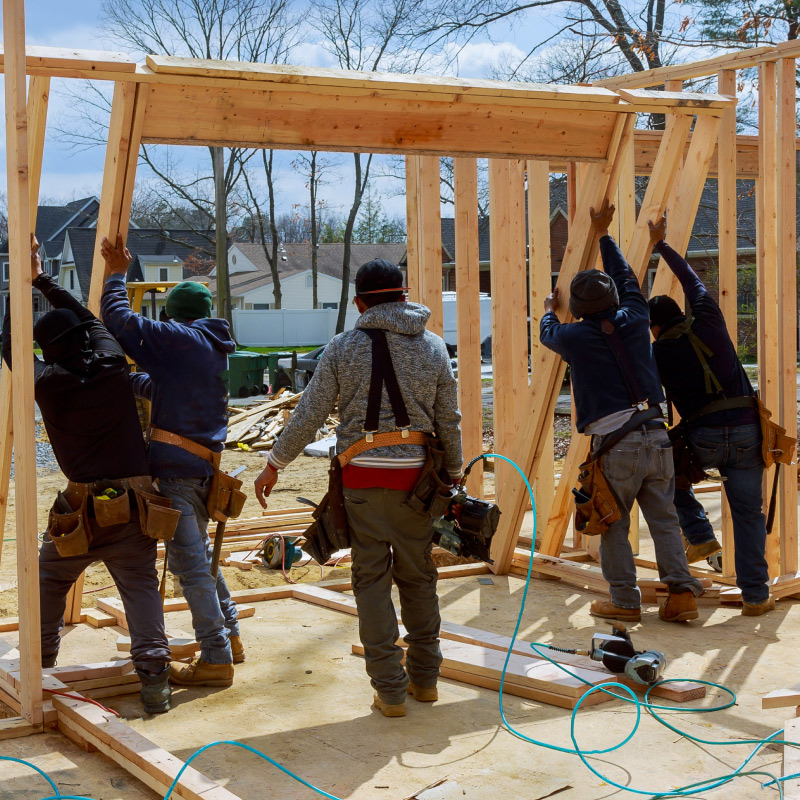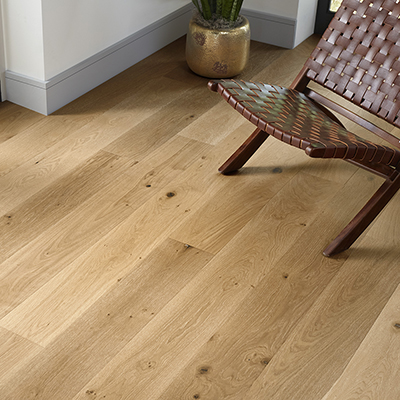Floor Joist Spacing
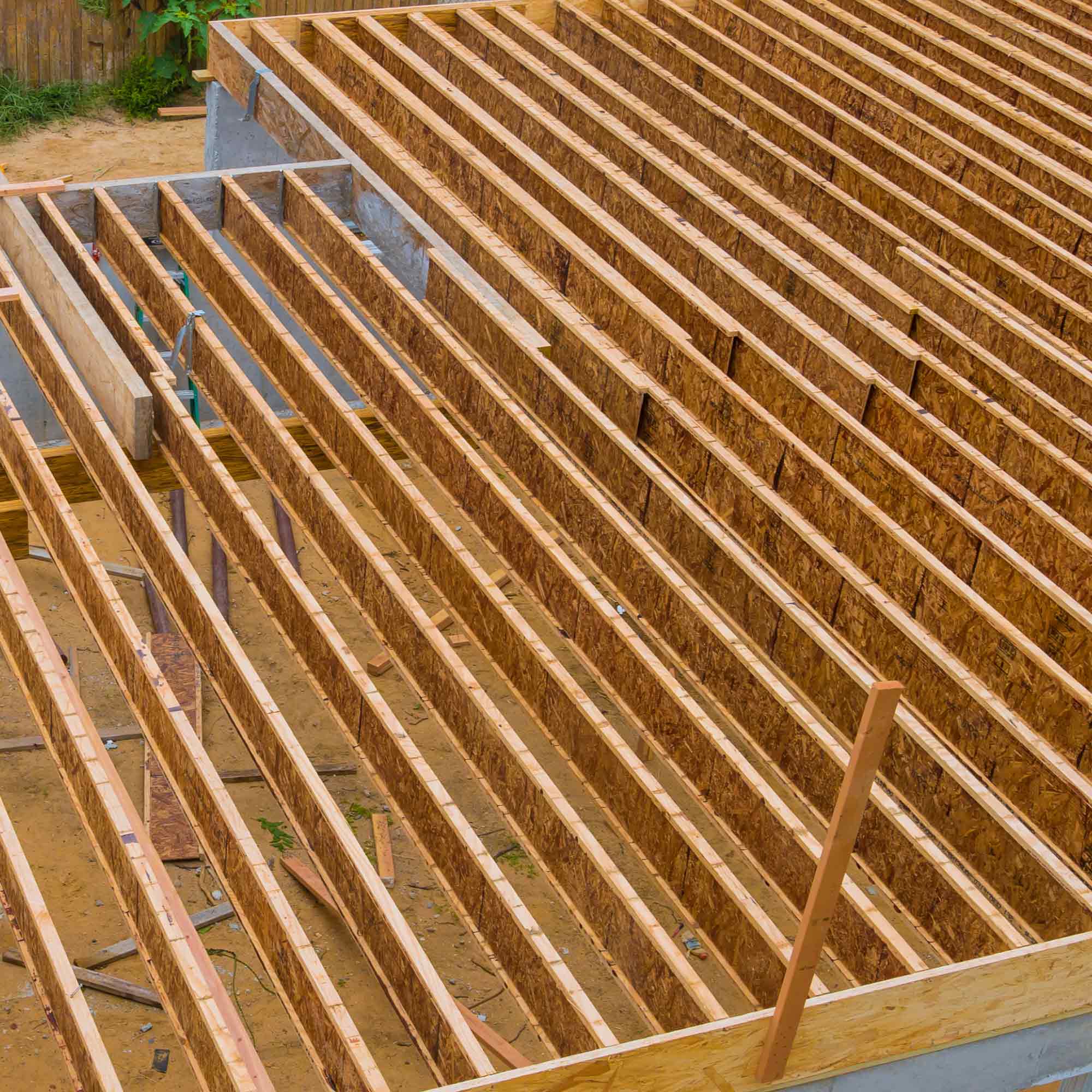
Last updated August 12, 2024
Floor joists come in many types and sizes, but all must be compliant with national safety codes and regulations. A construction or remodeling project must be accurate in planning its joist span and spacing, or project managers may not get their permits to move forward. Find out the right joist material and size for your project, and get started finding the necessary measurements.
Difficulty:
Intermediate
Duration:
Under 2 hours
Table of Contents
What Is Floor Joist Span and Spacing?
Floor Joist Material Code Requirements
Floor Joist Spacing Code Requirements
Floor Joist Span Diagram
Optional Approaches to Floor Joists
More Tools. More Products. More Perks.
What Is Floor Joist Span and Spacing?
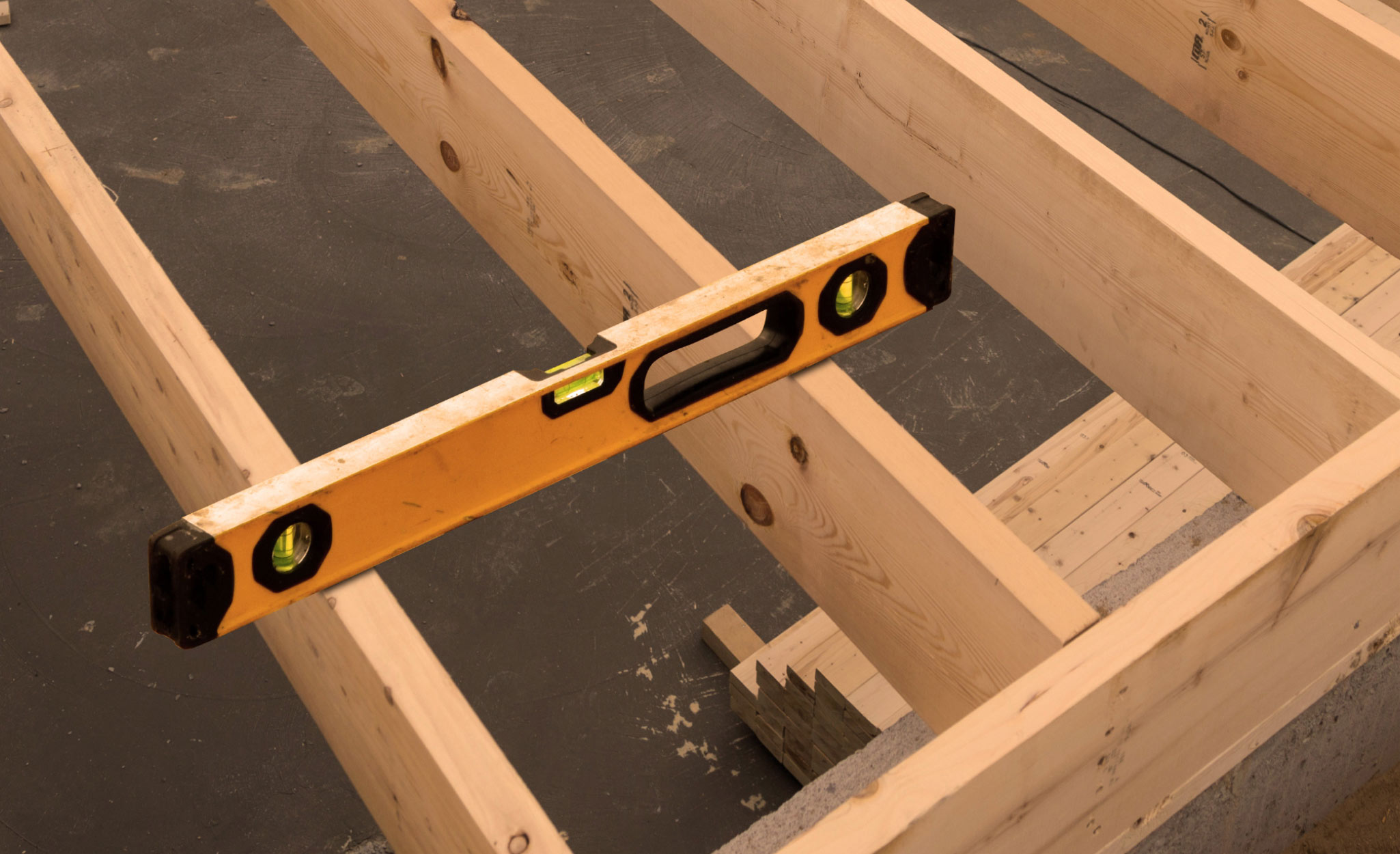
Floor joists are supporting members used in building floors that span over an open space and between load-bearing walls and structural beams. They are placed parallel and equidistant to each other, and connect to vertical members like studs and support beams which distribute weight across the rest of the framing.
Individual joists need to be able to support the anticipated load for the building over long periods of time. It is important to have joists at the right depth for a project, because they provide critical stability for a floor or ceiling system.
Joists are usually spaced one or two feet apart. The required joist depth gets larger depending on how far apart each joist is from each other. This limits stress on the joists and prevents deflection over time. A general rule for sizing joist depth is to take half of the intended joist span in feet, add two, and then use that number in inches. For example, a 12-foot span would require a joist span of 8 inches:
12 ft. / 2 = 6
6 + 2 = 8-inch joist span
Blocking the spaces between joists with smaller pieces of wood can reduce this stress and increase overall stability in the floor framing. A floor frame can have more strength if it is built with engineered wood joists instead of the more common farmed lumber. Prefabricated joist options such as I-joists increase the overall depth and are made with higher quality wood.
Floor Joist Material Code Requirements
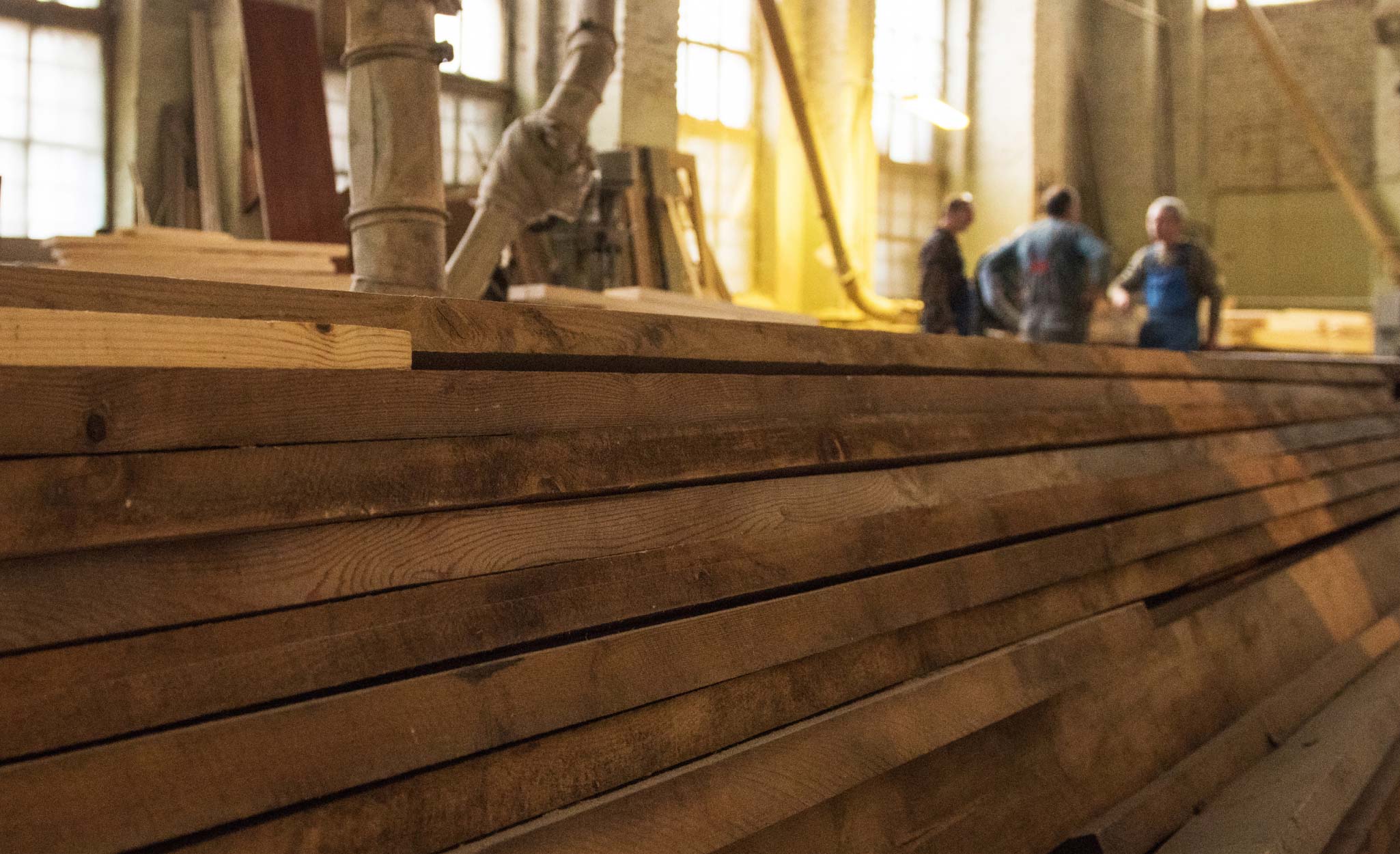
The International Residential Code (IRC) has provisions for the types of lumber and wood products that can be used to frame homes. For example, sawn lumber for homes must have a grade mark from an accredited lumber grading agency. End-jointed lumber is also available, but it must be of the same grade as the sawn lumber used in the project.
Some wood must be protected against decay with preservatives, which come with their own regulation requirements. Any lumber or wood product treated with preservatives must undergo a second inspection to determine quality and if it is treated for the same purpose as it is being used for. The IRC lists several cases in which wood must be treated for protection against decay.
- Wood members that are within a certain distance of exposed ground. For floor joists and frames, this distance is 18 inches. Girders have a distance of 12 inches, and columns have 8 inches. This remains true even if the members rest on concrete exterior foundation walls.
- Sills and sleepers on a concrete or masonry slab that directly touches the ground.
- Wood girders with less than 1/2 inch of clearance entering exterior masonry or concrete walls.
- Exterior wood siding, sheathing, and wall framing less than six inches from the ground or less than 2 inches from concrete steps, porches or patio slabs.
- Structural members that support moisture-permeable floors or roofs that are exposed to the weather.
- Wood furring strips or other members that structure appurtenances like balconies that are not covered by a roof or eave that would prevent water accumulation.
- Wood columns that directly touch basement floor slabs unless supported by concrete or metal pedestals. These pedestals must project at least one inch above the basement floor and be separated by an impervious moisture barrier.
Fireplaces may require the surrounding area to use heat-treated lumber, which will contain “heat-resistant adhesive” (HRA) in its grade mark.
Sawn lumber and I-joists will be graded differently. All provisions for prefabricated and composite lumber can be found in the American Society for Testing and Materials (ASTM) code, as opposed to the IRC.
The most common species of wood used in floor framing are listed in the IRC floor joist span requirements. Each category refers to a set of similar species or a combination of multiple species.
- Douglas fir-larch: Refers to Douglas fir and Western larch wood
- Hem-fir: A hybrid between Hemlock and Fir
- Southern pine: Refers to Southern Yellow pine
- Spruce-pine-fir: A category for Spruce, White pine and the “true firs”
Floor Joist Spacing Code Requirements
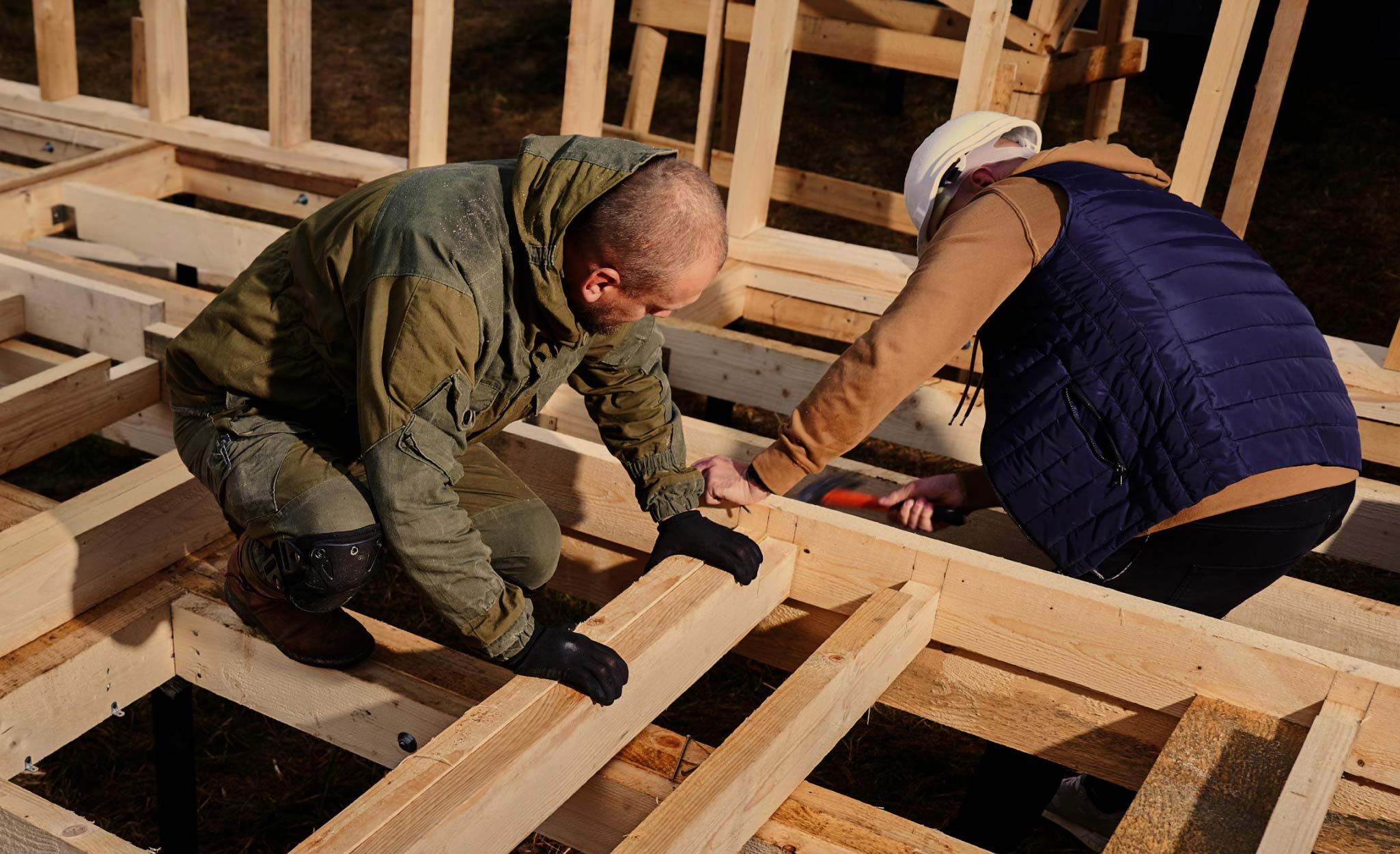
The IRC’s code requirements for maximum joist spacing is based on the species of wood used, its grade and the size of the roof’s rafters. Joist spacing measurements are proportional to the maximum dead load and live load, which is denoted in pounds per square foot (psf).
For sleeping areas and attics connected by a fixed staircase, the maximum dead load for joists is 20 psf. The maximum live load is 30 psf.
For living areas, the maximum dead load is also 20 psf. However, the maximum live load is 40 psf.
‘Dead load’ refers to the long-term furniture, appliances and other fixtures that are expected to remain in the building over many years. ‘Live load’ refers to variable loads and forces the building may experience while in use, such as occupants, snow, vehicles and the force of extreme weather or earthquakes.
The most common lumber sizes for floor joists are 2x6, 2x8, 2x10, and 2x12. Larger joists can span across wider areas.
For example, a 2x6 joist would have a 12-foot, 6-inch maximum span, and a 2x10 joist would have a 21-foot maximum span.
Additionally, wood species and grading determines how far apart floor joists can be spaced. Harder woods can be spaced farther apart, and can be cut into larger joists. Another example would be sets of 2x12 joists of different species and grades.
- #1 Grade Douglas Fir-Larch joists could be spaced 12 inches apart.
- #2 Grade Hem-fir joists could be spaced 16 inches apart.
- #3 Southern Pine joists could be spaced 19.2 inches apart.
- SS Grade Spruce-pine-fir joists could be spaced 24 inches apart.
Floor Joist Span Diagram
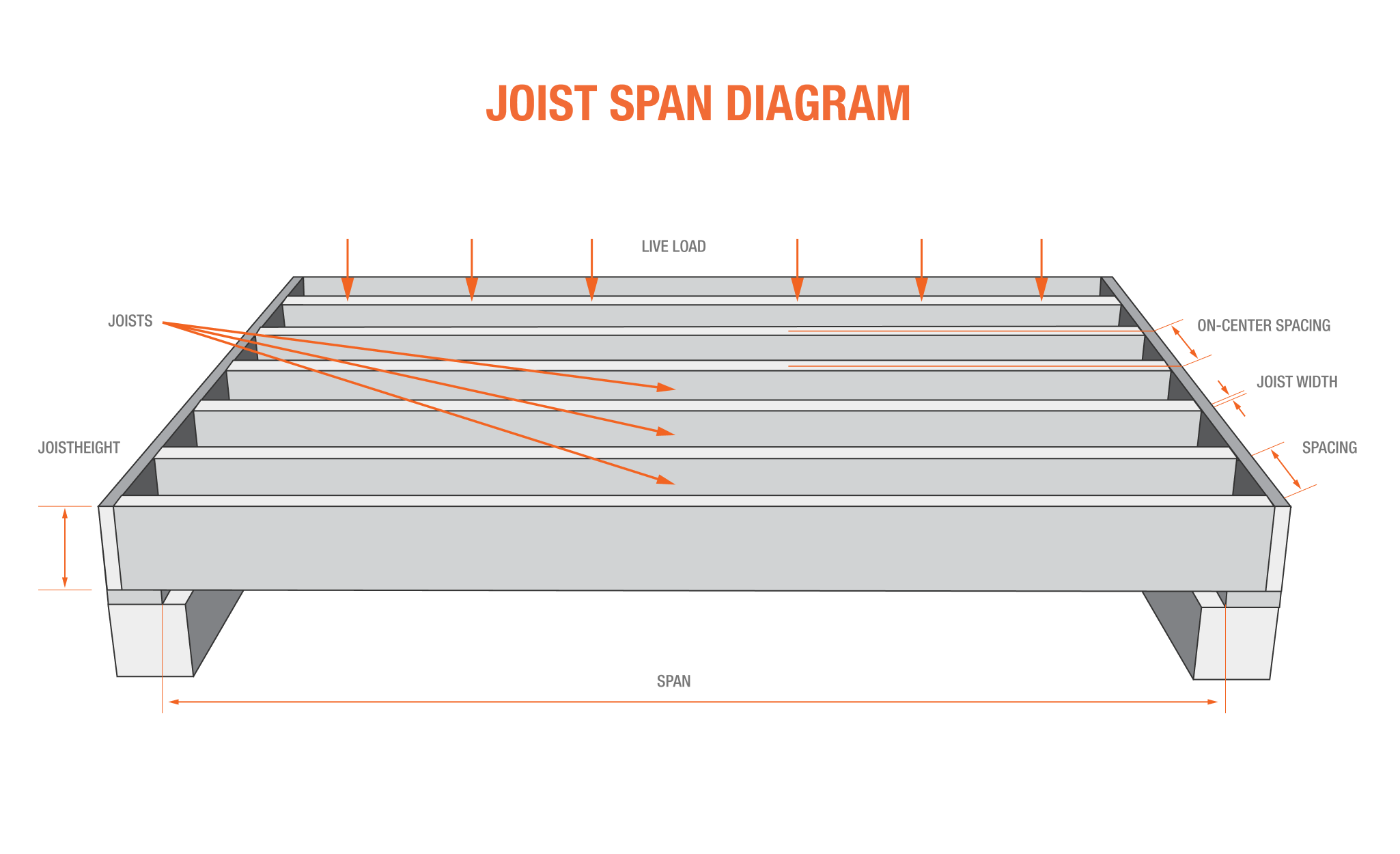
The formula calculates the number of joists a floor needs, as well as the maximum allowable span each joist can have. Each variable that cannot be identified with a simple measurement also has its own formula. Once each variable is found, you can plug the calculations into the joist span formula and find the maximum allowable span.
In order to find the necessary number of joists for a project (N), use the following formula.
N=1+L+W/S
Where:
- N is number of joists needed,
- L is length of floor,
- W is the width of floor joist
- S is the on-center spacing of the floor joists
Any value for N with a decimal can be rounded up to the nearest whole number. The length of the floor is perpendicular to the floor joists.
Maximum joist span is calculated using the maximum standard measurements for live load and deflection rate. The live load is necessary to ensure the joists will be able to support the floor and occupants. Deflection rate must be factored in to determine which joist sizes will last the longest without warping.
For residential living areas, the live load is 40 psf. The deflection rate can be no more than the joist span divided by 360.
Optional Approaches to Floor Joists
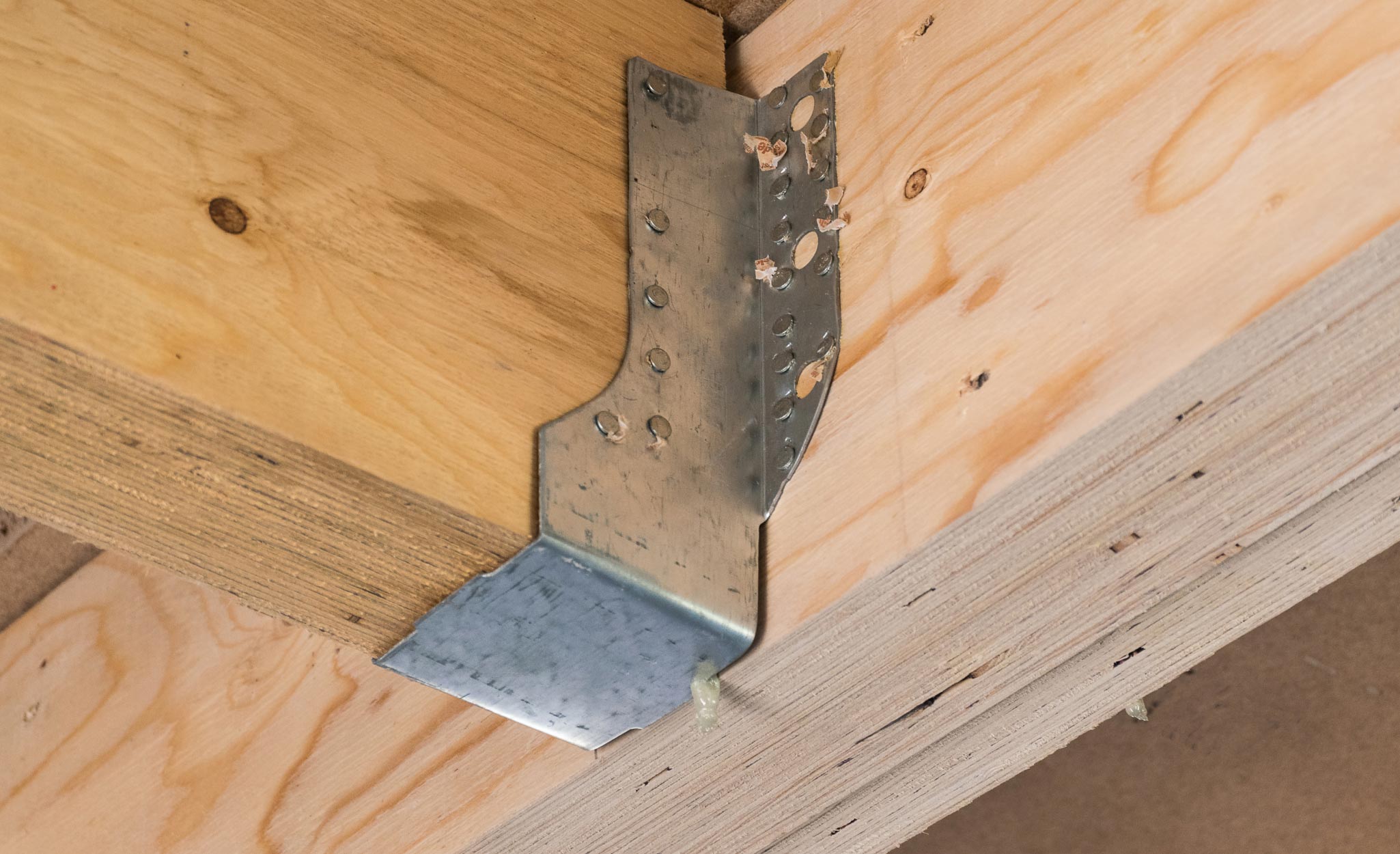
Joist hangers are optional fasteners for floor joists, which can be used instead of toe-nailing or end-nailing joists to the ledger board and rim joists. These hangers provide more force to each joist, as well as hold them in place during installation. Additionally, these hangers have holes that make face-nailing and toe-nailing easier. With joist hangers, a contractor can install joists more efficiently and use less guesswork.
Wood trusses can also be used in place of traditional lumber joists. They offer a higher load-bearing capacity than lumber and are wider than I-joists. This allows for more spacious rooms that can support more live load.
A truss consists of an upper and lower chord connected by diagonal members to add extra stability. Each part of a truss is connected with a metal plate. These structures must be designed by a registered professional and must comply with the ANSI code. Without proper stability in a floor frame, wood trusses can rotate and shift under high loads. The IRC requires that all trusses be braced to the frame of the house to prevent this and provide more horizontal stability over time.
More Tools. More Products. More Perks.

Be more competitive and boost your bottom line with Pro Xtra, The Home Depot’s loyalty program built for Pros. Sign up today to access the enhanced Pro Online Experience, built with the online business tools and time-saving features Pros need.
Save more on must-have supplies you need for the job, like drywall, fencing or roofing. Pro Xtra members qualify for bulk pricing on 4,000+ eligible products every day.
